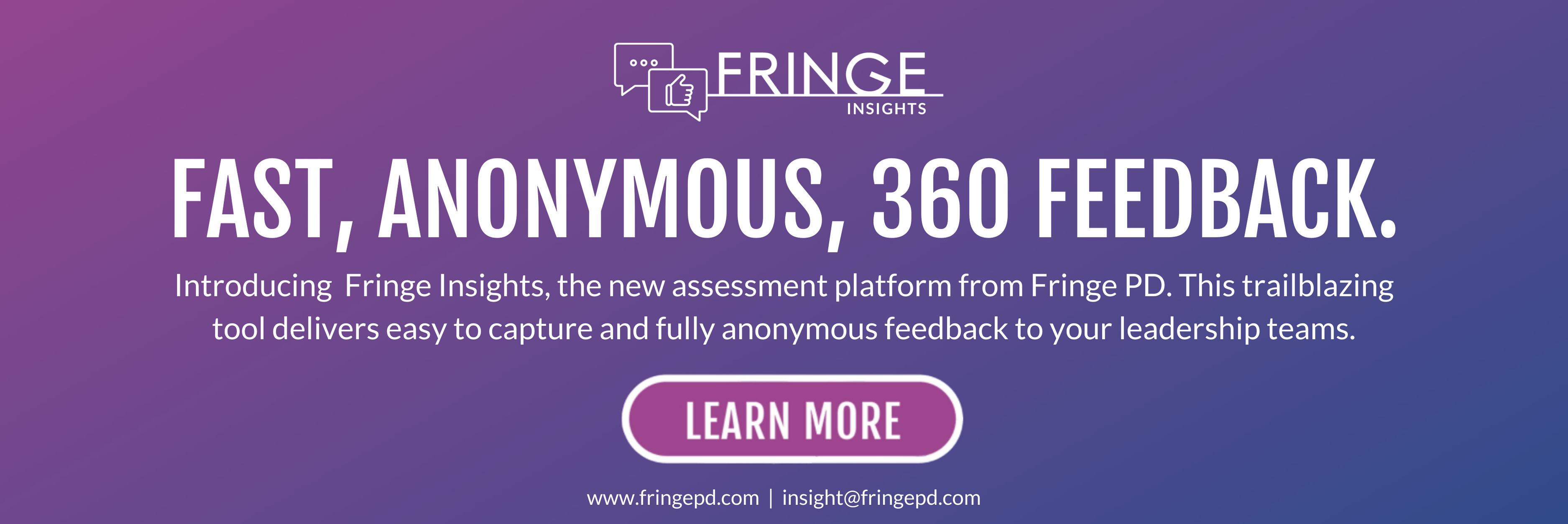Yet many firms remain burdened by massive volumes of physical records in off-site storage, obstructing their efforts to truly go digital. Often accumulated over decades, the records are expensive to store and manage and expose the firm to security, litigation and compliance risks.
For those still struggling to advance their digital transformation, evolving to a more paperless future begins by dealing with that backlog of aging paper records. Many firms began addressing this problem during initial pandemic lockdowns, but now must approach the longer-term issue of dealing with decades’ worth of records stored off-site.
It’s important to have protocols in place both to deal with old records and to automate workflows for retention and disposition on an ongoing basis to prevent the backlog from growing back.
DIGITIZE OR DESTROY?
Firms seeking to truly go paperless may be tempted to digitize everything, but digitizing several decades’ worth of physical records can be expensive. Before doing so, it’s best to determine whether you really need to keep everything. In most cases, you don’t.
For some corporate law departments, scanning everything may be a viable solution if their industry requires records be kept for long periods of time. Once records are scanned and the paper copies destroyed, storage costs are significantly reduced. Just make sure the records management (RM) team has a system in place to track the scanned records, preferably with a unified view of all records across all repositories.
“Rather than postponing the day of reckoning through mass digitization, the best solution for most law firms is to begin dealing with the backlog of records now.”
On the other hand, law firms with a large volume of physical records, including those several decades old, may find it makes more sense to cull large batches of aging records — most of which will never be looked at again — and scan the rest only on an as-needed basis.
Rather than postponing the day of reckoning through mass digitization, the best solution for most law firms is to begin dealing with the backlog of records now.
MODERN RECORDS MANAGEMENT
Firms with large volumes of physical records to dispose of may need to conduct the disposition in phases. Modern RM systems enable the quick determination of who the main reviewers are. The older the matter, the less likely the responsible attorney is still with the firm, so limit the review to a group of senior partners who can often confirm quickly that there is no reason to keep records beyond a certain age and give blanket approval for destruction.
With a modern RM system, the entire process is online, making it less cumbersome than with legacy systems. The records manager can trigger a review of files due for disposition, send notifications to the appropriate reviewers and track the status of the review process. Reviewers receive notifications, can see all the files they need to consider in one place and can submit approvals for disposition — or indicate a hold on the files that are not approved. The system automatically logs all activity, leaving no question about who signed off on what and when.
A modern system also makes it easier to break up a large disposition review into a series of smaller reviews for a more manageable workload for the attorneys involved. Rather than conducting disposition reviews for physical records only annually, today’s RM systems enable frequent reviews — quarterly or even monthly — which impose less of a burden. By presenting shorter lists of records for disposition more frequently, the process is easier and results in quicker storage cost savings.
Forecasting ongoing costs — for physical records storage usage and destruction fees — and expected savings on future storage helps in planning your approach to disposition. Presenting firm management with a clear picture of costs to destroy a large volume of files and when those costs will be recouped in the future through savings on off-site storage can help make the business case for eliminating the backlog now.


